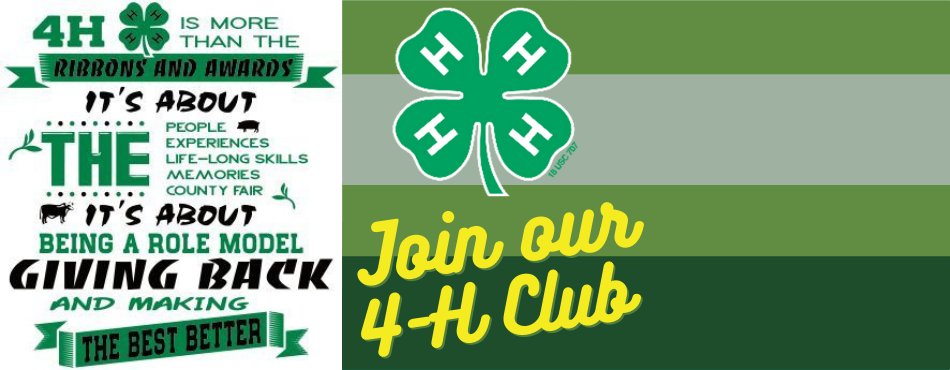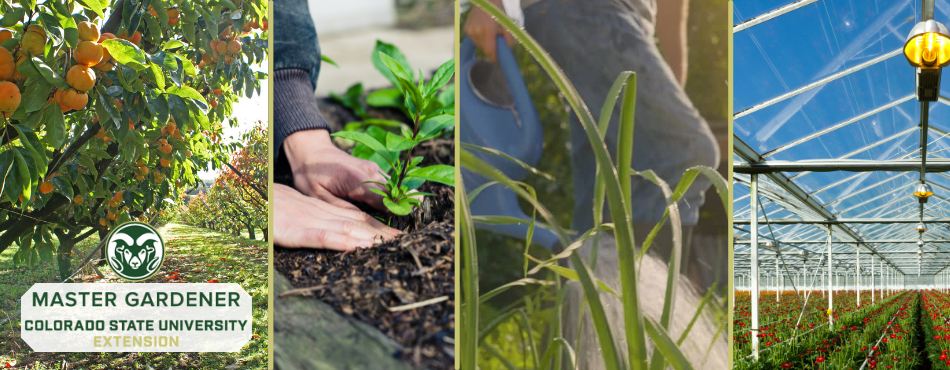This website uses cookies so that we can provide you with the best user experience possible. Cookie information is stored in your browser and performs functions such as recognising you when you return to our website and helping our team to understand which sections of the website you find most interesting and useful.
Colorado State University
Extension
Established 1908
Late Winter Lawn and Garden Care
Assess the garden hardscape for winter damage. Trellises, fences, raised beds, or garden structures can be repaired on nice days throughout late winter. Make a list of damaged or missing tools. Now is a good time to clean, sharpen, and oil garden implements. Check trees and shrubs to evaluate their pruning needs. Remove broken branches or branches that cross and those that may become damaged from rubbing. Prune unwanted branches of trees and shrubs. Cut back any remaining dead perennial foliage from last season. Spring-blooming trees and shrubs (like lilac and forsythia) should not be pruned in late winter; their flower buds are ready to open as temperatures warm. Cut branches of forsythia, pussy willow, or other early- blooming shrubs and place in water indoors to force blooming and to bring some early springtime cheer to a room. During heavy snowstorms, remove snow that builds up on vulnerable limbs of trees and shrubs.
Read MoreSoil Erosion from Wind
Blowing soil can be an unpleasant nuisance, a serious safety hazard, or a costly disaster depending on one’s perspective and the intensity and duration of the windstorm. The public response to blowing soil has led to such legislation as the Colorado Dust Blowing Law and provisions of the 1985 Food Security Act.
Read MoreSnow Mold in Lawns
What is snow mold? Gray snow mold, caused by the fungus Typhula incarnate can occur on many Front Range lawns. Snow mold occurs during periods of prolonged snow cover, but can also occur where leaves and other debris have accumulated on lawns during the fall and winter. North-facing lawns, shaded lawns and areas where snowplowing or drifting snow created especially deep snow are most commonly affected.
Read More





